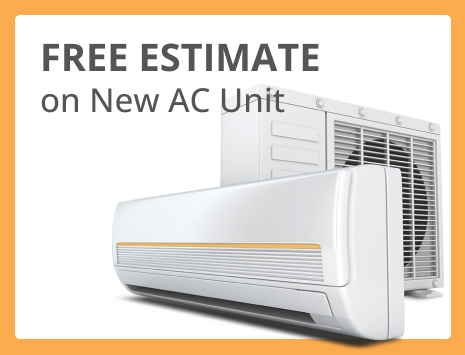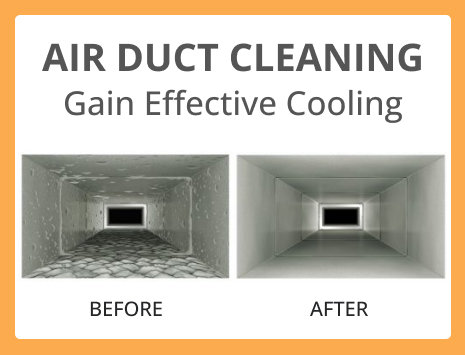
As you all know that a heat pump is a vital machine without which life could become a little bit disordered as they are a perfect source of keeping you warm and cool during the whole year. But like any other household system they too get start losing its efficiency and the most common is daily wear and tear. So, getting the old heat pump replaced by a new one is quite obvious thing to consider. But do you have any idea when exactly should you sense to replace them? What are those common indications knowing which should you start thinking of a replacement? Well! If you don’t have any idea then read it further as heat pump repair Sunrise is furnishing few common signs of replacing a heat pump.
Hike in Electricity Bills
Many a times it happens that you get a sudden hike in energy bills and you start thinking which appliances or systems are favouring this hike, but you forgot to check that maybe the heat pump is causing this inconsistency. These are frequently run machine and consume a consistent amount of energy. So if there is a rise in bills when no other device is accounting for the growth in energy then the heat pump is responsible for this.
Need for Repairs
The amount of strain that you generally put on your module fosters it to undergo repairs occasionally. However, if you sense that the machine is demanding couple of repair servicing in a year, then this is a clear alert signal that your unit is getting distorted and should be replaced by another latest unit. If you ignore this warning, then probably you have to face the unit breakdowns more often and can incur a lot of cost to you.
The System has Become Noisy
Whenever you hear any noise from any mechanical system, then this is the sign that the system is beginning to break down. However, if your unit has always been loud, then there is no need to change as it might happen because of any particular faulty component that can be traced out if you get the unit checked by the experts of heat pump repair Sunrise. So anytime system is generating noise always check the individual component first before making a decision to replace the unit.

























